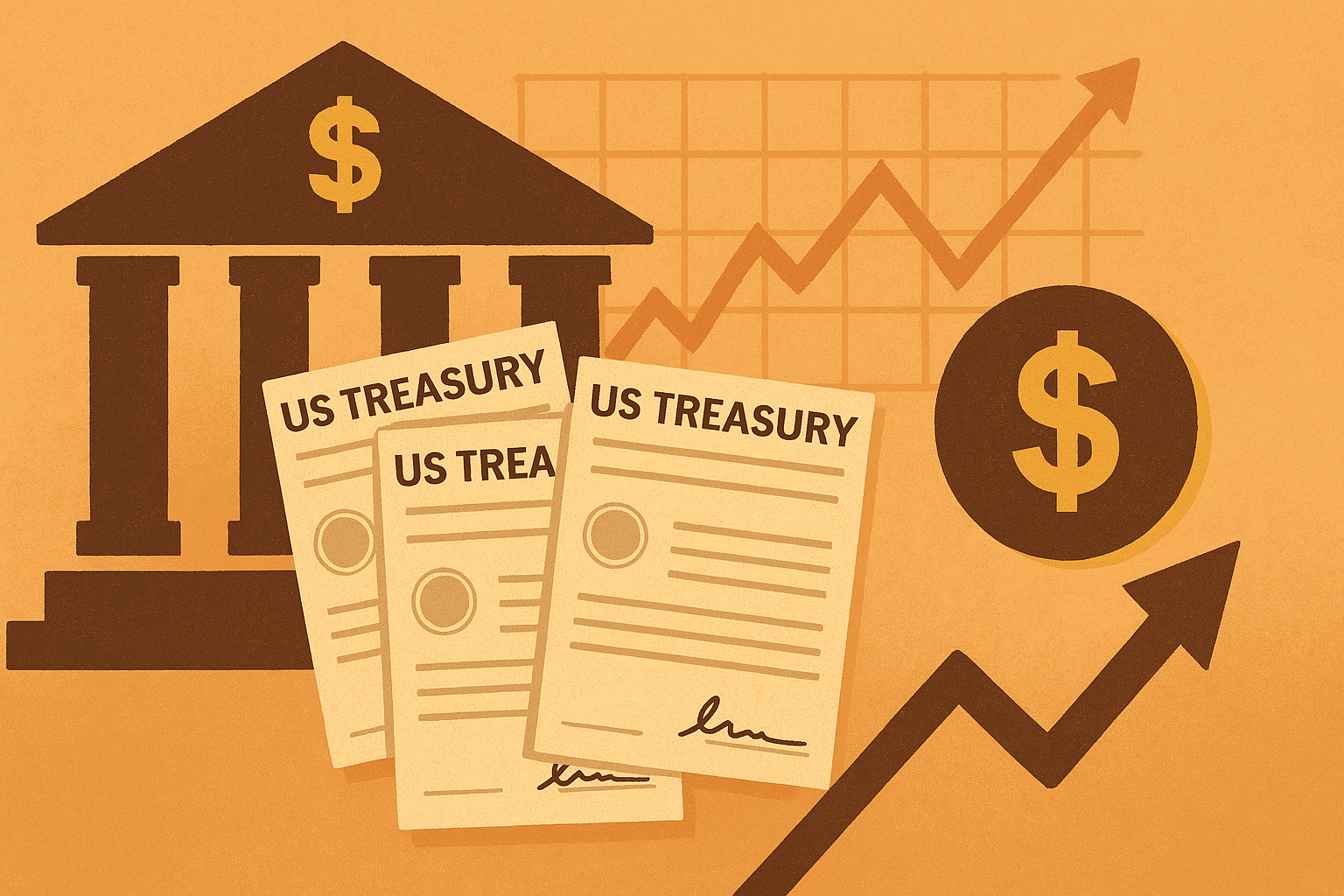The Federal Reserve is preparing to expand its balance sheet early next year, marking the end of its three-year quantitative tightening (QT) cycle. The move is aimed at easing market anxiety over America’s growing borrowing needs and ensuring financial stability amid record government debt levels.
Fed Signals Return to Treasury Buying
Fed Chair Jay Powell confirmed on Wednesday that the central bank will soon begin buying U.S. Treasuries again, as the system’s reserves need to grow alongside the expanding economy and banking sector.
“At a certain point, you’ll want reserves to start gradually growing to keep up with the size of the banking system and the economy,” Powell said.
Analysts expect purchases to begin as early as January 2026, with monthly Treasury buys of about $35 billion. This would expand the Fed’s $6.6 trillion balance sheet by roughly $20 billion per month, even as it continues reducing its holdings of mortgage-backed securities.
Market Impact: Yields Drop as Debt Worries Subside
The anticipated end of QT has reassured investors concerned about Washington’s ability to finance persistent budget deficits — currently around 6% of GDP, despite full employment.
The increased demand for Treasuries is expected to lower yields, making borrowing cheaper. The 10-year Treasury yield has already fallen from a 4.8% peak in January to below 4.1%, while the gap between Treasury yields and swap rates — a key measure of investor concern about debt issuance — has halved since April, from 0.32 to about 0.16 percentage points.
“Markets are less worried about supply,” said Mark Cabana, head of U.S. rates strategy at Bank of America. “Concerns about worsening deficits have cooled thanks to strong tariff revenues and the expectation that the Fed will soon start buying again.”
A Shift in Global Debt Dynamics
Similar improvements have been noted in other markets. In the UK, the yield gap between 10-year gilts and swaps has narrowed from nearly 0.4 to 0.25 percentage points, helped by a rally in government bonds. Meanwhile, central banks in the U.S., UK, and Japan have shortened the maturity of new bond issues to ease long-term supply pressures.
From QT to “Ample Reserves,” Not QE
While some view the move as a return to quantitative easing (QE), analysts emphasize it is not the same. QE involves large-scale bond purchases to stimulate the economy during crises, while the new strategy reflects the Fed’s “ample reserves” framework — ensuring sufficient liquidity for smooth monetary operations.
“This is not QE,” said Marco Casiraghi of Evercore ISI. “The idea is to have enough reserves in the system to allow for the smooth implementation of monetary policy. It’s about stability, not stimulus.”
Under this regime, the Fed’s balance sheet would grow in line with nominal GDP, rather than expanding rapidly as in QE.
Hedge Fund Bets Revived
The announcement has reignited investor interest in the “swap spread trade,” a popular hedge fund strategy betting that Treasury yields will converge with swap rates. Earlier this year, the trade suffered losses after rising yields followed Trump’s “liberation day” fiscal announcement, but expectations of the Fed’s return to bond buying have drawn money back in.
Lingering Fiscal Risks
Despite calmer markets, analysts warn the relief may be temporary. The U.S. debt-to-GDP ratio is on course to surpass Italy’s later this decade, and major economies such as the UK and France face similar debt concerns.
“The bigger picture is that U.S. fiscal deficits are set to remain ugly as hell for the foreseeable future,” said Mike Riddell of Fidelity International. “Maybe not quite as bad as feared a few months ago, but still unsustainably large.”
As the Fed prepares to shift from tightening to modest balance-sheet expansion, the focus will now turn to whether its renewed Treasury purchases can stabilize markets — without reigniting inflation or fueling a new round of financial excess.








